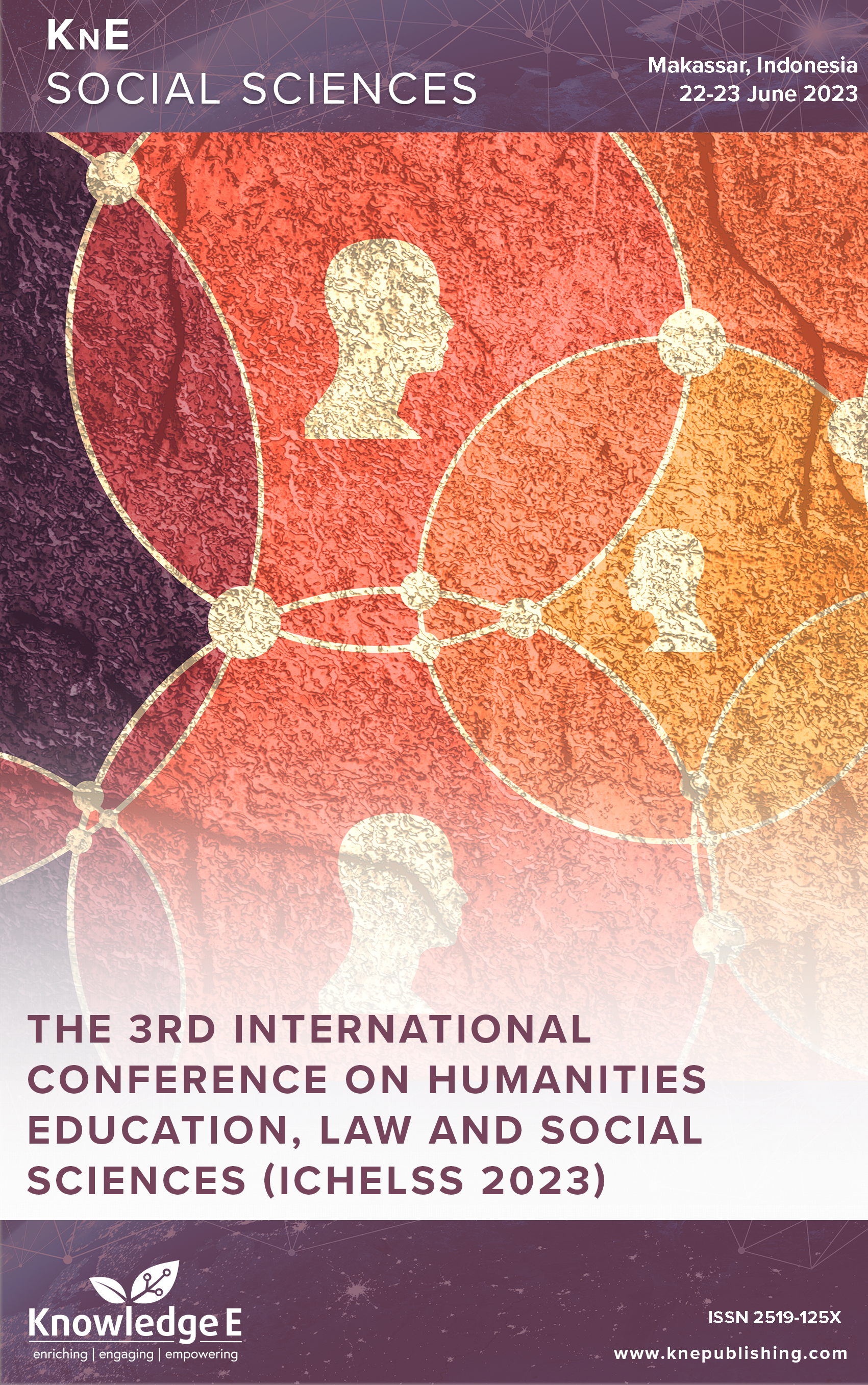The Efficiency of the Role of Marketing Mix in Smartphone Business
DOI:
https://doi.org/10.18502/kss.v9i2.14908Abstract
Technology is evolving swiftly in the modern day, especially in communication. One instrument that is used on a global scale is the smartphone. The purpose of this study is to evaluate the marketing mix’s effectiveness at the X smartphone store. This study uses a descriptive qualitative design to investigate the current state of a class of current occurrences, an object, a condition, or a human group. In this study, inductive was utilized by the researchers to examine, evaluate, and derive conclusions from field phenomena. The productivity of the business will demonstrate how well the marketing mix was implemented. When it comes to luring clients or consumers to the store for all their smartphone needs and accessories, the deployment of a marketing mix marketing approach is seen to be highly successful. Additionally, the X smartphone store’s advertising team consistently develops fresh, inventive ways to market smartphone products in an effort to draw in more customers and help the business succeed in the long run.
Keywords: marketing mix, smartphone, business
References
Townsend AM. Network cities and the global structure of the Internet. 2001. DOI: https://doi.org/10.1177/00027640121957998
Castells M. The impact of the internet on society: A global perspective. Change. 2014;19:127–148.
Manaf PA, Rachmawati I, Witanto M, Nugroho A. E-satisfaction as a reflection of e-marketing and e-sequal in influencing e-loyalty on e-commerce. 2018.
Ringold DJ, Weitz B. The American marketing association definition of marketing: Moving from lagging to leading indicator. Journal of Public Policy & Marketing. 2007;26(2):251–260. DOI: https://doi.org/10.1509/jppm.26.2.251
Kotler P. Marketing management. Millenium Edition; 2000.
Armstrong G, Adam S, Denize S, Kotler P. Principles of marketing. Pearson Australia; 2014.
Kotler P. (Philip J), Kartajaya H, Setiawan I, Ham H van den. Marketing; 2015.
Kunz WH, Hogreve J. Toward a deeper understanding of service marketing: The past, the present, and the future. International Journal of Research in Marketing. 2011;28(3):231–247. DOI: https://doi.org/10.1016/j.ijresmar.2011.03.002
Zeithaml VA, Bitner MJ, Gremler DD. Services marketing strategy. Wiley International Encyclopedia of Marketing. John Wiley & Sons, Ltd; 2010. https://doi.org/10.1002/9781444316568.wiem01055 DOI: https://doi.org/10.1002/9781444316568.wiem01055
Sureshchandar GS, Rajendran C, Kamalanabhan TJ. Customer perceptions of service quality: A critique. Total Quality Management. 2001;12(1):111–124. DOI: https://doi.org/10.1080/09544120020010138
Mangold WG, Faulds DJ. Social media: The new hybrid element of the promotion mix. Business Horizons. 2009;52(4):357–365. DOI: https://doi.org/10.1016/j.bushor.2009.03.002
Fossey E, Harvey C, McDermott F, Davidson L. Understanding and evaluating qualitative research. Australian and New Zealand Journal of Psychiatry. 2002;36(6):717– 732. DOI: https://doi.org/10.1046/j.1440-1614.2002.01100.x
Xu MA, Storr GB. Learning the concept of researcher as instrument in qualitative research. 2012;17.
Hall AL, Rist RC. Integrating multiple qualitative research methods (or avoiding the precariousness of a one-legged stool). Psychology & Marketing. 1999;16(4):291–304. DOI: https://doi.org/10.1002/(SICI)1520-6793(199907)16:4<291::AID-MAR2>3.0.CO;2-#
Cho J, Trent A. Validity in qualitative research revisited. Qualitative Research. 2006;6(3):319–340. DOI: https://doi.org/10.1177/1468794106065006
Interactive I. Interactive benchmark report by rock content. Rock Content. 2021;2022:2022.
Shanahan F, Vogelaar AE, Seele P. Persuasion in organizational rhetoric: Distinguishing between instrumental and deliberative approaches. The Handbook of Organizational Rhetoric and Communication. 2018; pp. 329–343.
Shanahan F, Vogelaar AE, Seele P. Persuasion in organizational rhetoric: Distinguishing between instrumental and deliberative approaches. The Handbook of Organizational Rhetoric and Communication. 2018; pp. 329–343. DOI: https://doi.org/10.1002/9781119265771.ch23
Baym NK. Personal connections in the digital age. John Wiley & Sons; 2015.

